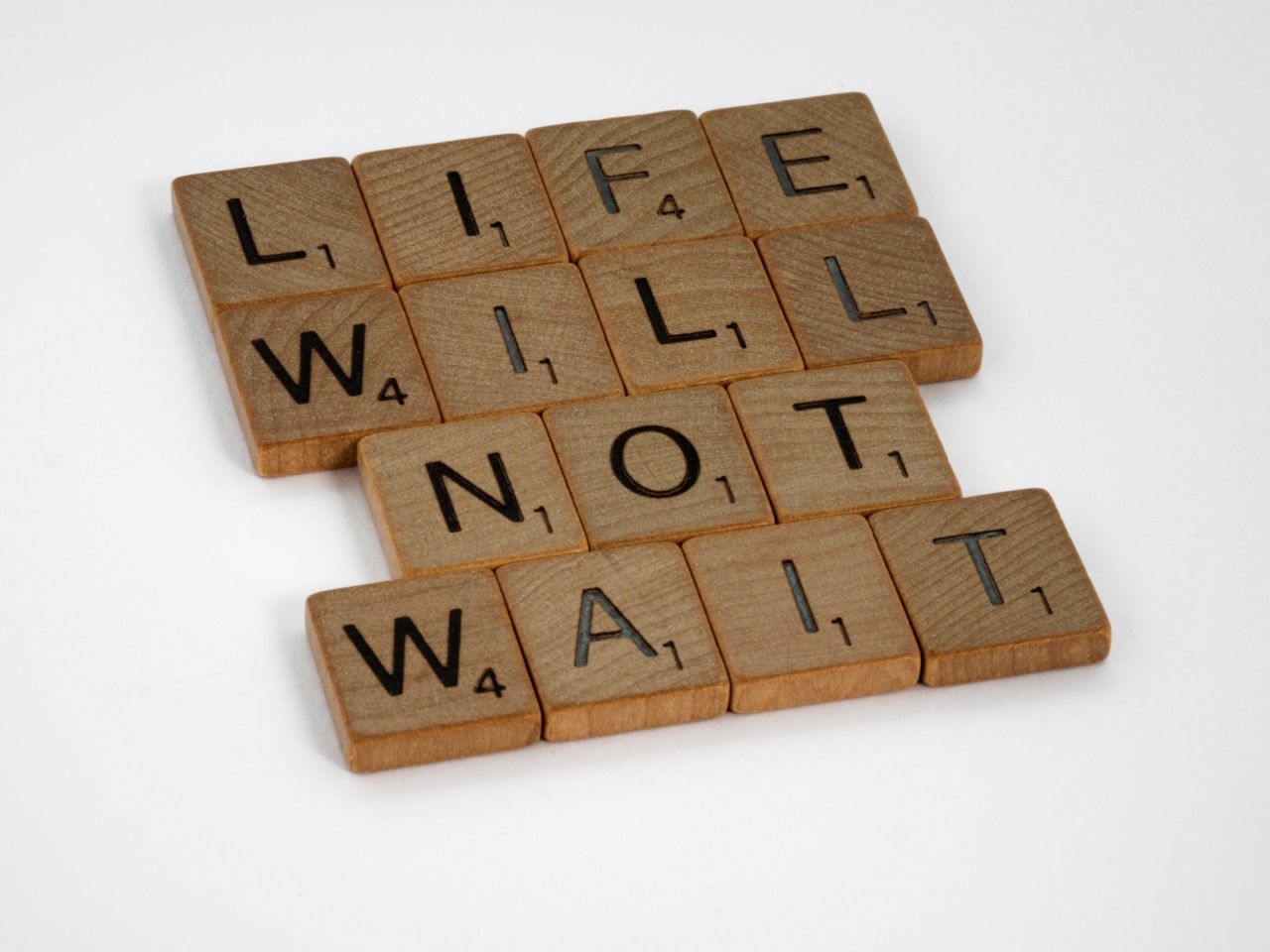Photography is an art that not only enables us to capture moments that will last a lifetime but also allows us to express ourselves in a creative way.
However, becoming a great photographer requires not only passion but also a lot of commitment and dedication. In this article, we’ll share some of the essential tips that will help you to improve your photography.
1. Get to Know Your Camera
Before you start taking pictures, it’s important to understand the functions and features of your camera. Read the user manual and learn how to adjust settings such as aperture, shutter speed, and ISO.
Experiment with different modes, such as aperture priority, shutter priority, and manual mode, to gain a better understanding of how your camera works.
2. Use the Rule of Thirds
The rule of thirds is a simple but effective technique used in photography to achieve a well-balanced composition.
This involves dividing your image into nine equal parts using two horizontal and two vertical lines and placing the subject or point of interest at the intersection points of these lines.
3. Study Composition
Composition is a crucial element in photography, and it can make or break an image. Study the work of other photographers and artists and learn how they use composition to create visually striking images.
Experiment with different perspectives and angles to create interest and depth.
4. Pay Attention to Lighting
Lighting is one of the most important factors in photography. Whether it’s natural or artificial light, make sure to pay close attention to the amount, direction, and quality of light in your images.
Learn how to use natural light to your advantage or use artificial light sources such as flash and strobes to create the desired effect.
5. Think About Depth of Field
Depth of field refers to the distance between the nearest and farthest objects in a photo that appear in sharp focus. It’s used to create emphasis on the subject and separate it from the background or foreground.
Experiment with different aperture settings to achieve the desired depth of field.
6. Shoot in Raw
Raw files contain more information and detail than JPEG files, giving you greater flexibility when it comes to editing.
Shooting in Raw allows you to adjust settings such as exposure, color balance, and white balance without degrading the quality of the image.
7. Don’t Be Afraid to Experiment
Photography is all about experimentation, so don’t be afraid to try new things. Experiment with different settings, angles, and lighting conditions to create unique and interesting images.
Sometimes the best photos come from taking risks and trying something new.
8. Use a Tripod
A tripod can help to stabilize your camera and eliminate camera shake, resulting in sharper images. It’s an essential tool for low-light photography, long exposures, and when using slow shutter speeds.
9. Edit Your Photos
Edit your photos to enhance their quality and bring out the best in your images. Use editing software such as Adobe Lightroom or Photoshop to adjust settings such as exposure, contrast, and color balance to create the desired effect.
10. Practice, Practice, Practice
Finally, the key to becoming a great photographer is practice. Take your camera with you everywhere you go and experiment with different subjects and lighting conditions.
The more you practice, the more you’ll learn about your camera and the better your photography will become.
Conclusion
Improving your photography skills takes time, patience, and dedication. By following these essential tips, you’ll be well on your way to becoming a great photographer. Remember, the key is to practice and experiment, so get out there and start shooting!.































